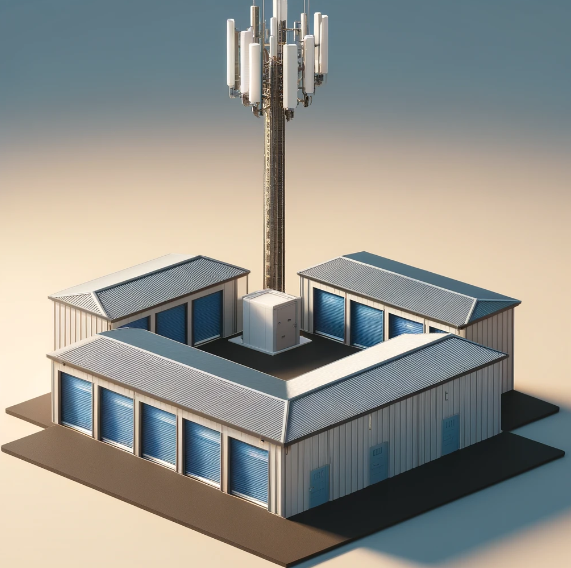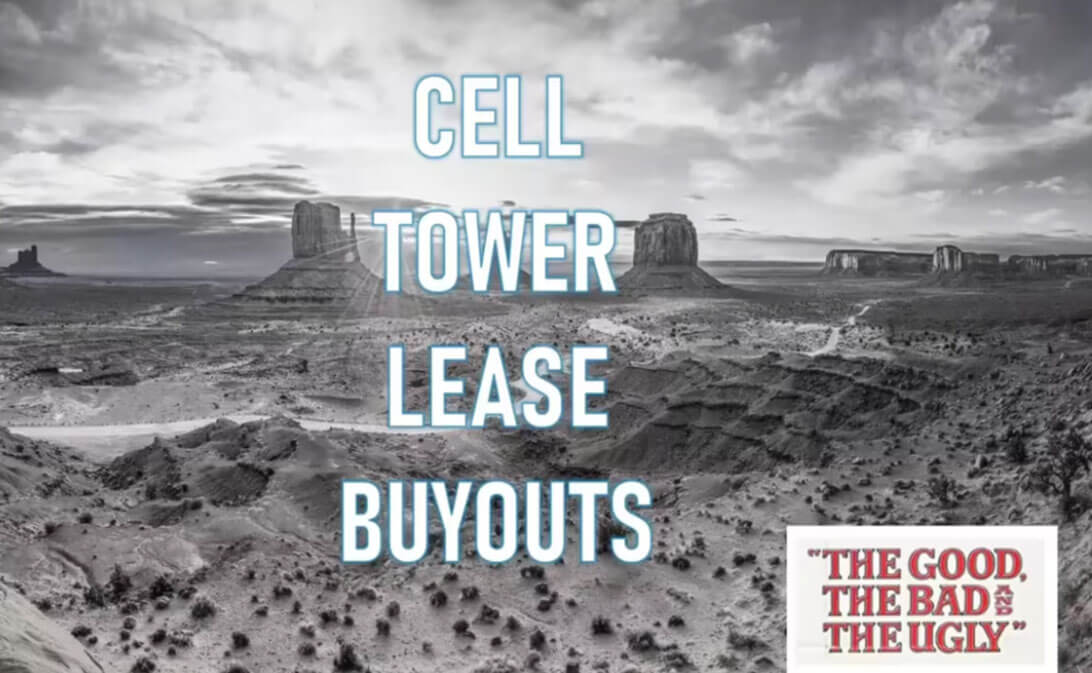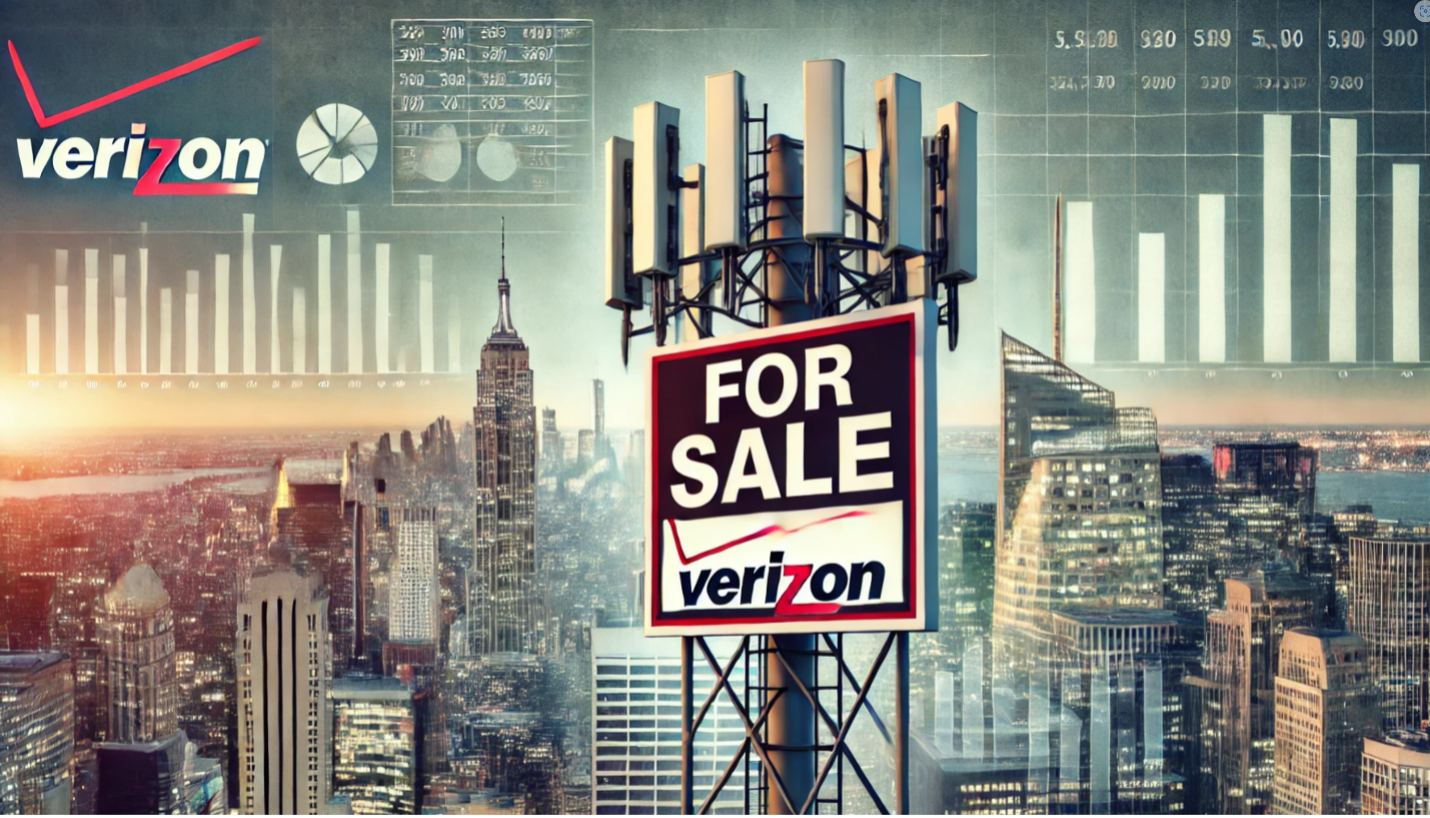Rooftop Antenna Lease Negotiations
Rooftop antenna tower leasing is similar to cell tower leasing, however there is usually much less space for the transmission equipment. More importantly, while wireless carriers or cell tower companies usually own the cell towers and are in charge of any subleasing or collocation, rooftop owners can lease space to multiple carriers and receive multiple income streams.
Building owners may be attracted to the idea of leasing space on rooftops for antennas or antenna towers, but it’s important to remember that these types of rooftop lease agreements present an entirely separate and unique set of issues than tower ground leases. Top among these are structural and access considerations.

ROOFTOP ANTENNAS
Leasing your rooftop for a cell site lease is like leasing land for a cell tower lease; however, there are some material differences. One key difference is that while wireless carriers or cell tower companies usually own the cell tower and control the subleasing or collocation, rooftop owners can lease space to multiple carriers and receive multiple income streams.
Building owners may be attracted to the idea of leasing space on rooftops for antennas or antenna towers, but it’s important to remember that these types of rooftop cell site lease agreements present an entirely separate and unique set of issues than tower ground leases. Top among these concerns are financial, structural, maintenance, and access considerations.
Contact Us
BENEFITS OF ROOFTOP LEASES FOR BUILDING OWNERS
The primary benefit of a rooftop antenna lease is the revenue. As most landowners and building owners do not use their rooftop otherwise, leasing space on the rooftop can be a great source of additional income from otherwise unusable space. Cellular tenants tend to be long term tenants with low termination risks and clockwork rent payments. However, these agreements are not without concerns.
ROOFTOP CELL SITE LEASE ISSUES
STRUCTURAL AND DESIGN ISSUES
Left to their own devices, carriers will utilize the leased space in whatever fashion they determine best meets their bottom line, sometimes eliminating the opportunity for the building owner to lease to other carriers. While rarely done intentionally, installing equipment as inexpensively as possible is a standard cost-cutting measure and may restrict the ability to grant space to other wireless antenna equipment companies.
Another issue inherent in rooftop leasing is the physical attachment to the roof or parapet of the building. Once again, the carrier will look for the easiest and least expensive way to install the equipment. Sometimes, this installation may void roofing warranties; other times, it may cause leaking. Forcing a carrier to repair this kind of damage can be quite difficult and, in some cases impossible, since the carrier may claim the roof was installed improperly when the building was originally constructed or renovated.
All rooftop tenants should be obligated to provide a structural analysis that confirms the building frame will be capable of supporting the additional loading of the equipment being placed on the roof, which can often exceed 3,000 pounds.
We caution our clients to carefully evaluate how the installation of coaxial cables, remote radio units, towers, and antennas on rooftops will impact them before entering a rooftop antenna lease. If you have questions, our team at Steel in the Air is here to assist you in exploring these options to determine which is the best and safest for you. We will bring all the practical experience we’ve gained from helping over 4,000+ landowners and rooftop owners evaluate their unique situations. We can review the proposed drawings and confirm what is best for the building owner.
ACCESS ISSUES
Building owners should also be concerned with access and noise. Rooftop antenna leasing usually requires that the carrier be allowed 24/7 access, though this is negotiable. Tenants in a residential building or condominium may not appreciate having a cell site technician come through the building at any hour of the day or night. Building owners may request the rooftop lease language contain certain limitations on the type of access so tenants are minimally impacted.
Building owners should also be concerned about making sure the rooftop cell tower lease does not prevent the building owner from using or accessing other parts of the roof. Recent 5G upgrades to rooftop sites create larger areas where radio emissions are unsafe for rooftop workers.
NOISE ISSUES
If the wireless company wishes to install a generator on the roof, the building owner should be concerned about the potential noise, especially in residential buildings like condos. Furthermore, it is essential that the building owner negotiate reasonable restrictions within the rooftop cell site lease on when construction activities will occur. These conditions should not include construction activities that are related to emergencies.
HOW WE CAN HELP
First and foremost, we can help you maximize the rent and escalation you receive for your rooftop antenna lease. We do this by evaluating your building and comparing it to other buildings, towers, or land sites in the area. Believe it or not, carriers don’t always want the tallest building in an area. They want the site that best meets their coverage and capacity objectives. Perhaps this is a corner building that looks up and down a major area, or perhaps it is a building that is on the edge of an urban area and has a clear view in the other direction. There are often other buildings the carrier could use and may be actively considering. That’s why it’s important that building owners understand their bargaining position in the negotiations.
Just as with cell tower sites, two rooftop properties located less than a half-mile apart can still have vastly different monetary values for a single carrier. Similarly, the same rooftop can have totally different values for several different carriers. Let our seasoned experts assess how your lease compares to other leases in the area based on our cell site lease rent database.
Second, we can help make sure that your rooftop cell site lease agreement protects you, not just the carrier. We have reviewed over 15,000 lease agreements. We have worked with more building owners than any other consultant out there.
Third, we can help make sure that the carrier installs equipment in a way that doesn’t negate the possibility that other carriers can also use your roof. Steel in the Air has assisted over 1,500 building owners over the last 20 years by properly preparing them to successfully negotiate the slippery slope of rooftop leasing and advising them on all pertinent installation issues. Our clients have better organized rooftops with proper cable routing and sufficient space remaining for additional rooftop leases. Furthermore, our clients know specifically what equipment and antennas have been installed on their roofs because we track it carefully for them.
One thing we cannot help you with, though, is marketing your rooftop(s) to wireless carriers. You will have to contact the wireless carriers directly.
WHAT TO DO NEXT
If you have been approached for a rooftop tower antenna lease, please contact us to discuss your situation. We will be honest with you about whether we believe we can help you improve your situation and how much it will cost. We work on a flat-fee basis, with no hidden fees or percentage of your lease going forward.
If you are in a current rooftop leasing arrangement and want to know for sure whether you are receiving the rate you should, visit our rooftop cell site audit services page. Then contact us or call us at (888) 749-2601 to help you get the most out of your rooftop leasing negotiations.
Please note: We are not able to market your rooftop cell site to any carriers. For more information on rooftop marketing, please see our Featured Articles: Cell Tower Marketing: What to Watch Out For and 5G Site Marketing: Scam or Opportunity.










